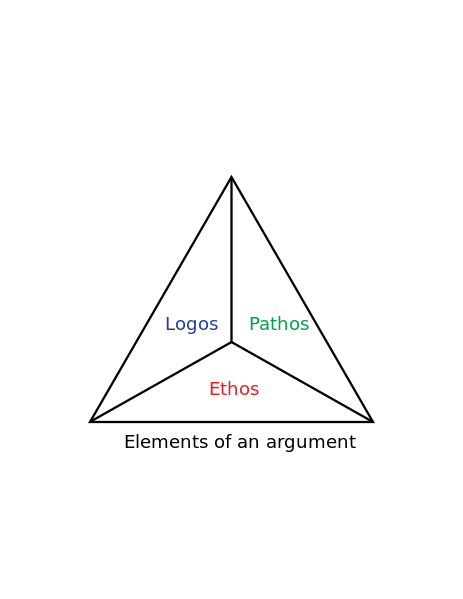New Conclusion:
Wald is able to communicate a very important idea in this article. Without becoming too technical and potentially going over the heads of his audience, he describes how the WIPP is a safe place to store nuclear waste and what makes the facility particularly fit for such an application. His work in advocating for the WIPP is important since the purpose of the WIPP itself is quite important. Whether the US's citizens like it or not, we have produced an abundance of nuclear waste with our extremely active defense program and energy initiatives. This isn't a question of should we store this nuclear waste, it is a question of where can we store this waste. We need a place to safely sequester this material and the WIPP is the best option there is. Wald communicates this using a credible and logical argument that keeps a serious, professional tone. His writing is invaluable in its approachable nature and the consequence of his topic.
Old conclusion:
Wald’s article is a great example of how non-technical writers can document what is going on in science fields. They are essential to our society’s progress since they are able to create working explanations for the complex, involved work being done in laboratories and in the field. While this article may seem non-argumentative, it actually hides a considerate amount of persuasion, cleverly tied into the formatting and the included details. Wald provides extensive coverage of the benefits of the WIPP and the many details that can make it successful. He does include brief coverage of the opposition to WIPP and fails to critique the arguments of this half of the controversy, but he does refute their claims in a non-descript way. The opposition’s side of the controversy is covered in the penultimate paragraph of the article. It is quickly followed up, however, by documenting how the WIPP will be able to grow in the future. This effectively discredits the opposition and makes Wald’s supportive position a little clearer.










